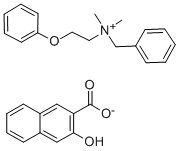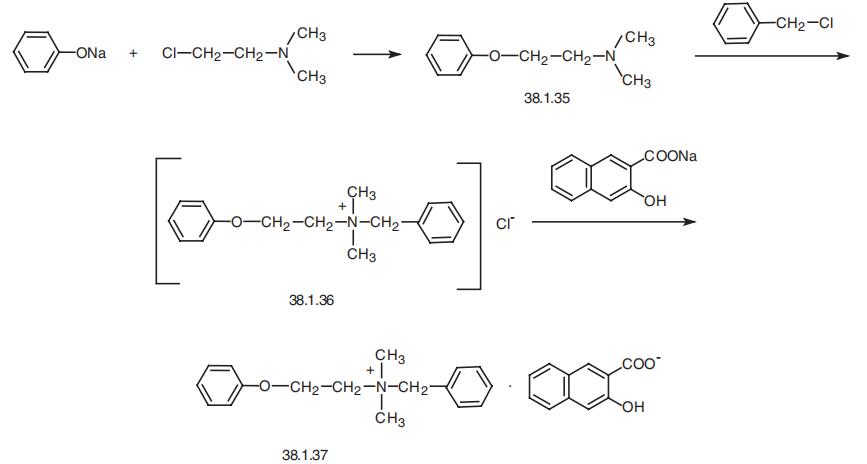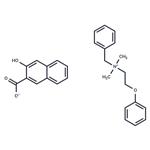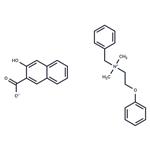
BEPHENIUM HYDROXYNAPHTHOATE
- Product NameBEPHENIUM HYDROXYNAPHTHOATE
- CAS3818-50-6
- CBNumberCB5206454
- MFC28H29NO4
- MW443.53
- EINECS223-306-8
- MDL NumberMFCD00078960
- MOL File3818-50-6.mol
- MSDS FileSDS
Chemical Properties
| Melting point | 170-171° |
| storage temp. | Store at -20°C |
| solubility | ≥ 20.85mg/mL in DMSO |
| form | Solid |
| color | White to off-white |
| FDA UNII | 47RU9546DX |
| ATC code | P02CX02 |
| UNSPSC Code | 41116107 |
| NACRES | NA.24 |



